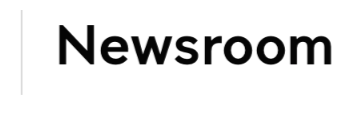Annual survey reveals significant gains in HIV treatment over the past decade
There is compelling evidence that treatment greatly reduces HIV transmission but prevention of the disease remains complex, the latest report by UNSW’s Centre for Social Research in Health shows.


